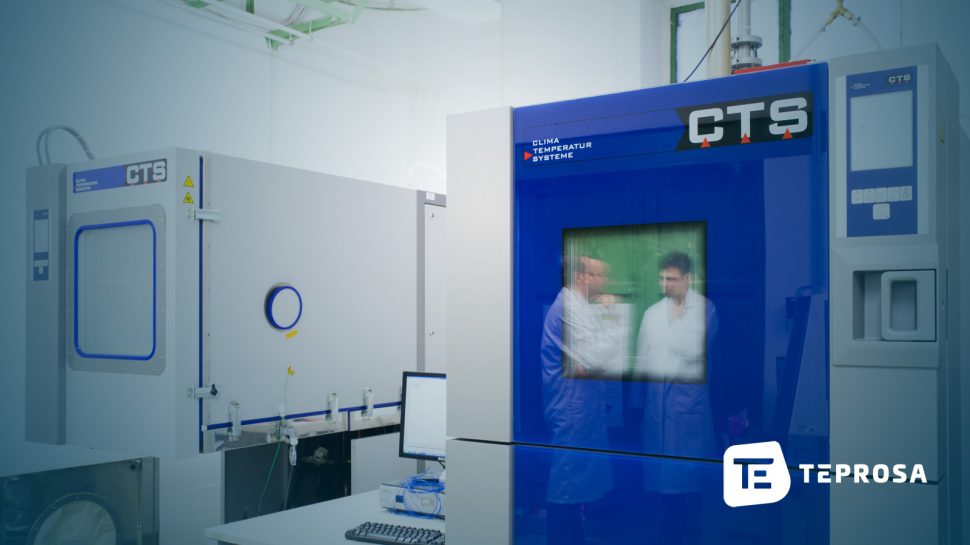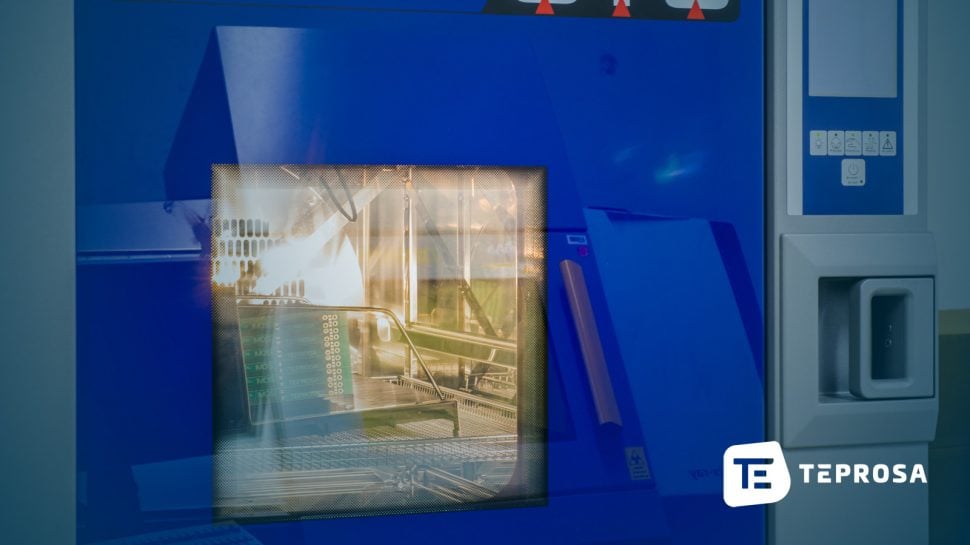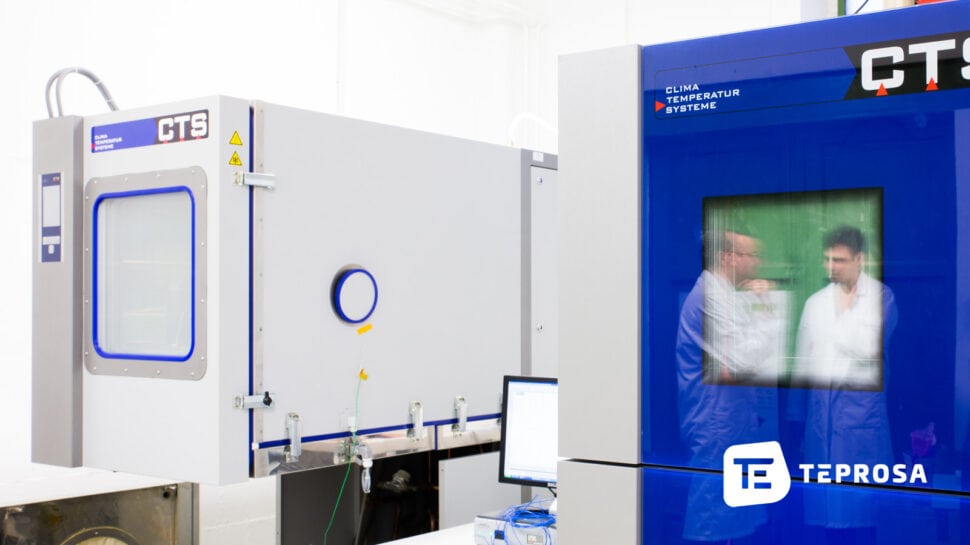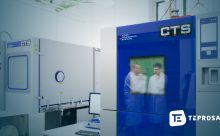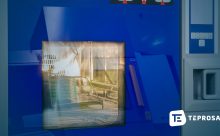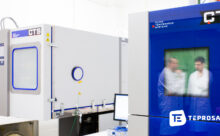Which tests can we perform?
Here you will find an overview of the most common examinations, tests and services that we offer in the field of environmental simulation in. In addition, we are also a competent contact for our customers for many other tests and special tests. We are happy to share our expertise with you and support you in the realization of your products.
Temperature Shock Testing/Thermal Shock Testing
.
The temperature shock test is an essential part of an environmental simulation. In a thermal shock test, specimens are repeatedly subjected to defined temperature changes (called temperature shocks) to test the effects of the temperature changes on the specimens. Frequent repetitions of these temperature changes reveal weak points and environmental influences that occur in a specific temperature range and under extreme weather conditions in the field during development or production.
Temperature cycling
Thermal shock testing (thermal shock or also thermal shock testing; related standard: DIN EN 60068 2) is a variant of thermal cycling. In this variant, the components are subjected to strong temperature differences, a so-called thermal shock, in a very short time.
Temperature cycling (according to DIN EN 60068-2-14)
Cyclic change between two defined temperature upper and lower limits to simulate the life cycle/lifetime of the components.
Rapid temperature change (according to DIN EN 60068-2-14 Na, transfer duration < 15s)
During rapid temperature change or temperature shock according to DIN EN 60068-2-14, the test specimens are subjected to very rapid temperature changes.
Cold (according to DIN EN 60068-2-1)
This test is used to test the utilization of one-sided loads with a defined cold.
Heat (according to DIN EN 60068-2-2)
This test is used to check the utilization of one-sided loads with a defined heat.
Humidity-heat constant (according to DIN EN 60068-2-30)
In this test, the test specimen is exposed to a defined high humidity at a defined temperature.
Humidity-heat cyclic (according to DIN EN 60068-2-38)
In this test, the test specimen is exposed to a defined high humidity at alternating temperature cycles.
Our test facility technology
In our test laboratory, we rely on state-of-the-art test equipment technology and high-precision measurement technology to perform environmental simulation tests and simulate environmental influences and changing climate on electronic components.
Temperature shock testing
- 2-chamber system air-air
- Test chamber volume up to 130 liters
- Temperature range hot chamber: 50°C – 200°C
- Temperature range cold chamber: -80°C – 100°C
- Change time between chambers <15 sec
- Maximum test material weight 25 kg
Climate simulation
- Climate chambers with optional vibration test
- Test chamber volume up to 390 liters
- Tmin: -70°C, Tmax: 180°C
- Temperature gradient min. 5K/min
- Condensation analysis possible
- Extended dew point range
- Harmonic excitation and noise testing possible
X-ray analysis
- X-ray analysis with CT option
- Max. Acceleration voltage 180 kV
- X-ray power 8W
- CT imaging possible for small samples














